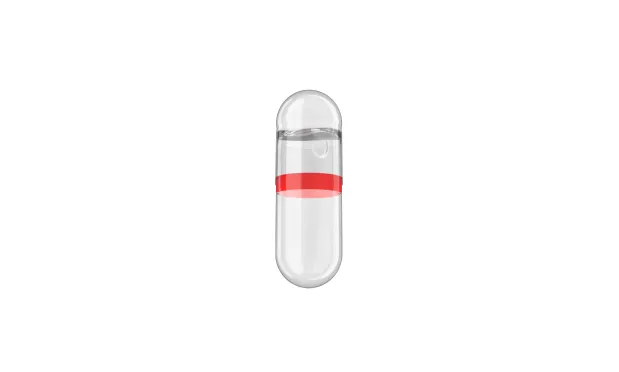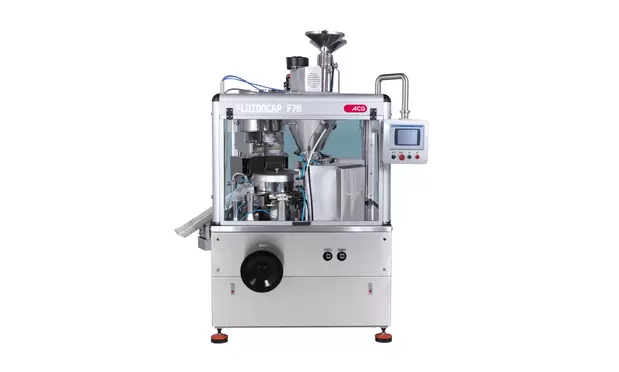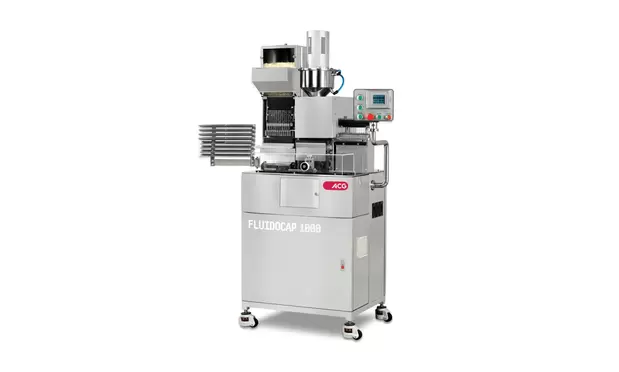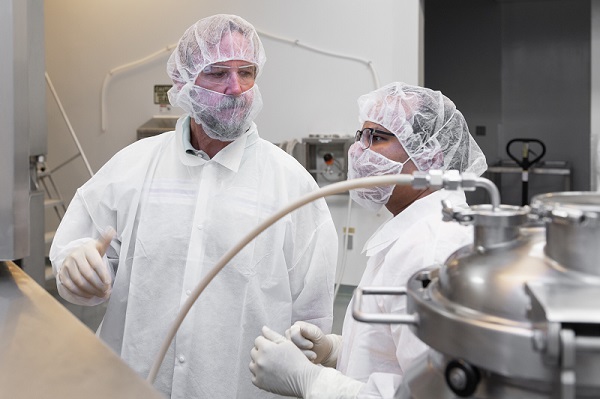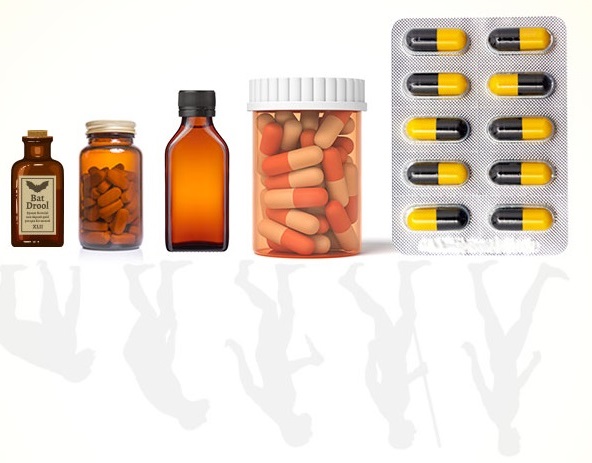Overcoming key pharmaceutical formulation challenges with liquid-filled hard capsules
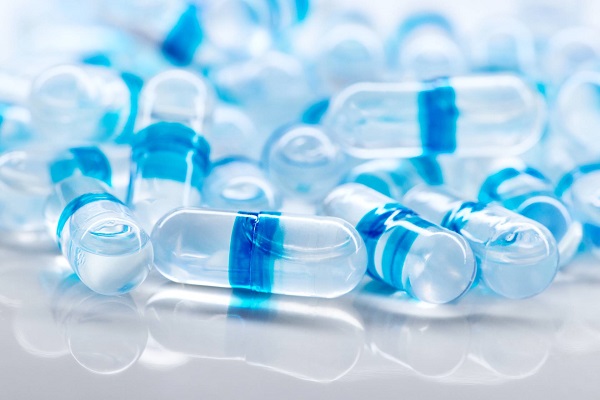
Formulation challenges addressed by liquid-filled capsules
- Improving bioavailability for poorly soluble drugs: It is estimated that between 70% to 90% of new chemical entities in development pipelines are poorly soluble. If an API that is orally administered via a solid dosage form has poor solubility, it may fail to be absorbed by the body to become bioavailable to deliver the intended physiological effect. For such drugs liquid-filled capsules—formulated with lipid-based excipients may help improve solubility and support better absorption. Unlike solid forms, where particle size affects dissolution rates, liquid capsules keep the drug in a dissolved state, ensuring more consistent bioavailability.
- Ensuring content uniformity for low dose, high potency drugs: HPAPIs (highly potent API) requiring precise, low-dose administration often struggle with content uniformity in tablet or powder-filled capsules. Liquid-filled capsules solve this by ensuring that the drug is evenly distributed in a liquid or semi-solid form, which minimises dose variability and maintains accuracy. Formulating HPAPIs like hormones or cytotoxic agents in liquid-filled capsules offers significant advantages in terms of safety and containment, mitigating the contamination risk they could otherwise pose. Unlike powder-filling processes, which often produce airborne particles that can expose operators and the environment to dust, liquid-filled capsule production minimises such risks by keeping the API in a liquid or semi-solid state.
- Managing low melting point and liquid drugs: Friction during tableting and capsule-filling processes generates heat, potentially creating significant challenges for APIs with low melting points as they can adhere to tooling surfaces or machine parts, compromising both processing efficiency and product stability. The challenge intensifies with APIs that are liquid at room temperature, as they require substantial amounts of excipients to achieve a free-flowing powder form, often resulting in oversized dosage forms impractical for patient use. But with liquid-filled capsules such formulations require minimal bulking agents while still maintaining stability and accurate dosing.
- Enhancing stability for sensitive APIs: Many sensitive APIs degrade rapidly when exposed to moisture or oxygen, which can affect their shelf life and efficacy. Encapsulating these in a liquid-filled capsule, often with protective excipients, offers a sealed, stable environment that protects the API.
Key formulation considerations for liquid-filled capsules
Formulating liquid-filled hard capsules (LFHCs) involves specific considerations to ensure stability, compatibility, and reliable drug delivery. Each element of the formulation—from excipients to capsule material—must work together to address challenges such as maintaining API stability, ensuring bioavailability, and achieving the desired release profile.
- Enhancing solubility and bioavailability: For poorly soluble drugs, liquid-filled capsules often use lipid-based or self-emulsifying systems to keep the drug in a dissolved state, enhancing its bioavailability. Adding surfactants and emulsifiers can further aid in dispersing the drug within the gastrointestinal tract, allowing the body to absorb it more efficiently.
- Managing capsule compatibility and stability: Choosing the right capsule shell material is crucial for fill material compatibility and capsule integrity. Gelatin capsules present two significant challenges. First, gelatin readily reacts with aldehydic components that come in contact with or are present in the capsule. This reaction leads to polymerisation and subsequent insolubilisation, causing slower shell dissolution and potentially failing to meet dissolution testing specifications. Even low concentrations of aldehydic groups from drug degradation products generated during stability testing can sufficiently delay drug release. In such cases, HPMC capsules allow formulators to completely eliminate this issue. Second, gelatin capsules contain high inherent moisture. When filled with hygroscopic ingredients, these ingredients can absorb moisture from the capsule shell, potentially becoming brittle over time. HPMC capsules, with their lower levels of inherent moisture, provide a more suitable option for moisture-sensitive APIs. Moreover, HPMC capsules offer broader applicability in new drug development due to their compatibility with various excipients.
- Achieving uniformity and controlled release: For drugs that need a controlled release, excipients can be selected to create a semi-solid or gel-like matrix within the capsule, which controls the drug’s release rate. Using thixotropic systems, which change viscosity under pressure, can also ensure consistent filling without leakage or uneven distribution.
- Ensuring proper viscosity and flow for filling: To ensure smooth filling and prevent leaks, the viscosity of the fill material must be balanced carefully. The fills can be liquids, thixotropic gels, or thermo-softened matrices that are liquid at elevated temperatures and solid or semi-solid at ambient temperatures. Using a matrix that solidifies within the capsule helps maintain dispersion during storage and prevents capsule leakage. This also helps maintain the fill’s stability and effectiveness while making the filling process more efficient and reliable.
Final thoughts
Liquid-filled capsules offer an adaptable and effective solution for addressing challenging drug formulation issues, from enhancing bioavailability to protecting unstable APIs and achieving sustained release. By selecting the right formulation components—such as lipid-based vehicles, surfactants, emulsifiers, and capsule materials—pharmaceutical developers can create liquid-filled capsules that deliver complex and precise therapies. Addressing capsule compatibility and ensuring appropriate viscosity control also ensures that these capsules remain stable, reliable, and effective for patients.
Cole ET, Cadé D, Benameur H. Challenges and opportunities in the encapsulation of liquid and semi-solid formulations into capsules for oral administration. Adv Drug Deliv Rev. 2008 Mar 17;60(6):747-56. doi: 10.1016/j.addr.2007.09.009. Epub 2007 Nov 9. PMID: 18096270.

 Go Back
Go Back
